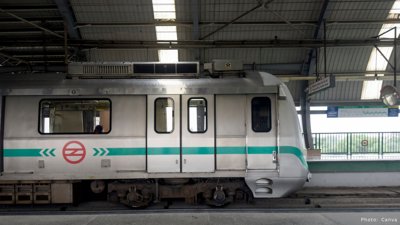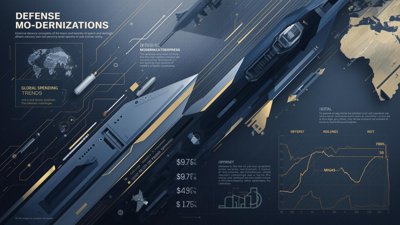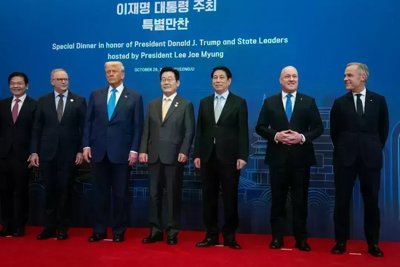
Post by : Meena Rani
The global semiconductor industry, still recovering from the crisis of 2020–2022, is once again under pressure. Experts warn that a new wave of disruptions could spark what many are calling “Chip Shortage 2.0.” With growing demand for electronics, electric vehicles, and artificial intelligence, combined with geopolitical tensions and supply chain vulnerabilities, the world faces the possibility of another semiconductor crunch in 2025.
Semiconductors, or microchips, are the foundation of modern technology. They power smartphones, laptops, automobiles, medical devices, and even household appliances. A shortage affects not only the tech sector but also critical industries like automotive manufacturing, healthcare, and defense.
Several factors are raising alarms in the semiconductor supply chain:
Surging Demand: The rise of AI, 5G expansion, and electric vehicles is pushing chip demand to record highs.
Geopolitical Tensions: Trade restrictions, export controls, and strained relations between major economies are disrupting supply flows.
Limited Production Capacity: Building new semiconductor plants takes years and billions in investment, making the industry slow to scale up.
Raw Material Constraints: Shortages of essential materials like rare earth elements and silicon wafers could limit output.
Natural Disasters & Climate Risks: Extreme weather, earthquakes, or energy shortages can shut down production facilities unexpectedly.
Automotive Sector: Modern cars require hundreds of chips for everything from sensors to infotainment systems. A shortage could slow vehicle production.
Consumer Electronics: Smartphones, laptops, and gaming devices may face price hikes or delays.
Healthcare Devices: Medical equipment like ventilators, scanners, and monitoring systems rely heavily on semiconductors.
Energy and Defense: Critical infrastructure and security systems could also be affected by chip supply disruptions.
Tech giants and governments are working to reduce risks:
New Manufacturing Plants: Countries like the US, Japan, and India are investing in domestic chip-making facilities.
Supply Chain Diversification: Companies are sourcing from multiple regions to avoid reliance on one market.
Strategic Stockpiling: Some industries are building reserves of critical chips to avoid production halts.
If another shortage unfolds, consumers could see higher prices for electronics, delays in car deliveries, and slower innovation in AI and smart technologies. Businesses and governments are pushing for solutions, but resilience in the semiconductor supply chain may still take years to achieve.
Disclaimer: This article is intended for informational purposes only. For official updates, follow semiconductor industry reports and government announcements.
chip shortage 2025, global supply chain, semiconductor crisis, electronics shortage, auto industry chips, chip manufacturing risks, global trade disruption, supply chain issues










Advances in Aerospace Technology and Commercial Aviation Recovery
Insights into breakthrough aerospace technologies and commercial aviation’s recovery amid 2025 chall

Defense Modernization and Strategic Spending Trends
Explore key trends in global defense modernization and strategic military spending shaping 2025 secu

Tens of Thousands Protest in Serbia on Anniversary of Deadly Roof Collapse
Tens of thousands in Novi Sad mark a year since a deadly station roof collapse that killed 16, prote

Canada PM Carney Apologizes to Trump Over Controversial Reagan Anti-Tariff Ad
Canadian PM Mark Carney apologized to President Trump over an Ontario anti-tariff ad quoting Reagan,

The ad that stirred a hornets nest, and made Canadian PM Carney say sorry to Trump
Canadian PM Mark Carney apologizes to US President Trump after a tariff-related ad causes diplomatic

Bengaluru-Mumbai Superfast Train Approved After 30-Year Wait
Railways approves new superfast train connecting Bengaluru and Mumbai, ending a 30-year demand, easi